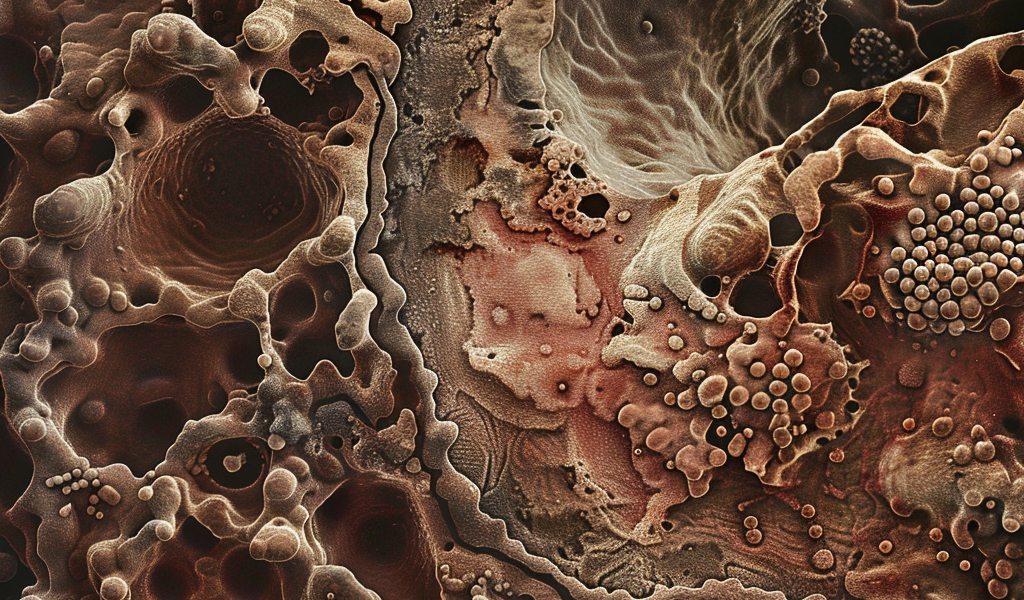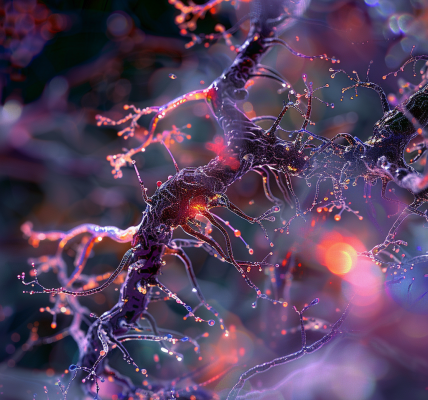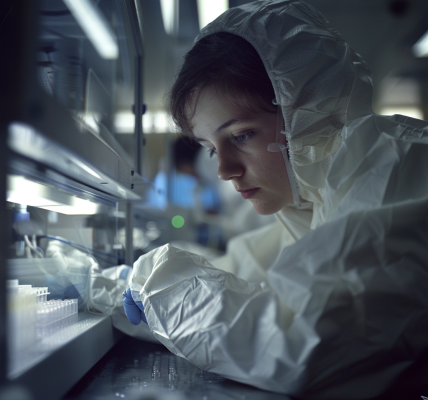A new atlas of the human ovary has been created by researchers at the University of Michigan, offering potential for new treatments. The atlas resulted from single-cell RNA sequencing of ovaries, leading to the identification of four major cell types and four immune cell subtypes. The insights gained from this research could potentially pave the way for treatments such as the development of artificial ovaries to restore ovarian hormone production and the ability to have biologically related children.
The new atlas sheds light on the factors that enable a follicle to mature, crucial as most follicles die without releasing hormones or an ovum. By using new tools to identify gene expression at a single-cell level within a tissue, the researchers were able to investigate ovarian follicles carrying immature precursors of ovums, known as oocytes. Dr. Ariella Shikanov, the corresponding author and UM associate professor of biomedical engineering, expressed optimism about the potential impact of this discovery, stating, ‘Now that we know which genes are expressed in the oocytes, we can test whether affecting these genes could result in creating a functional follicle. This can be used to create an artificial ovary that could eventually be transplanted back into the body.’
The implications of this research extend to potential treatments for individuals who have undergone toxic medical treatments like chemotherapy and radiation, which can impact ovarian tissue. Currently, surgeons can implant previously frozen ovarian tissue to temporarily restore hormone and egg production, but this method is not effective for a long period of time due to the low survival rate of follicles through reimplantation. Most follicles, known as primordial follicles, remain dormant in the outer layer of the ovary, the cortex. Only a small number of these follicles activate periodically and migrate into the ovary, termed ‘the growing pool.’
Overall, the creation of this new atlas of the human ovary represents a significant step forward in understanding the complexities of ovarian function and potential avenues for developing innovative treatments. This research opens up possibilities for the future development of artificial ovaries and other interventions to address infertility and hormone production issues.





